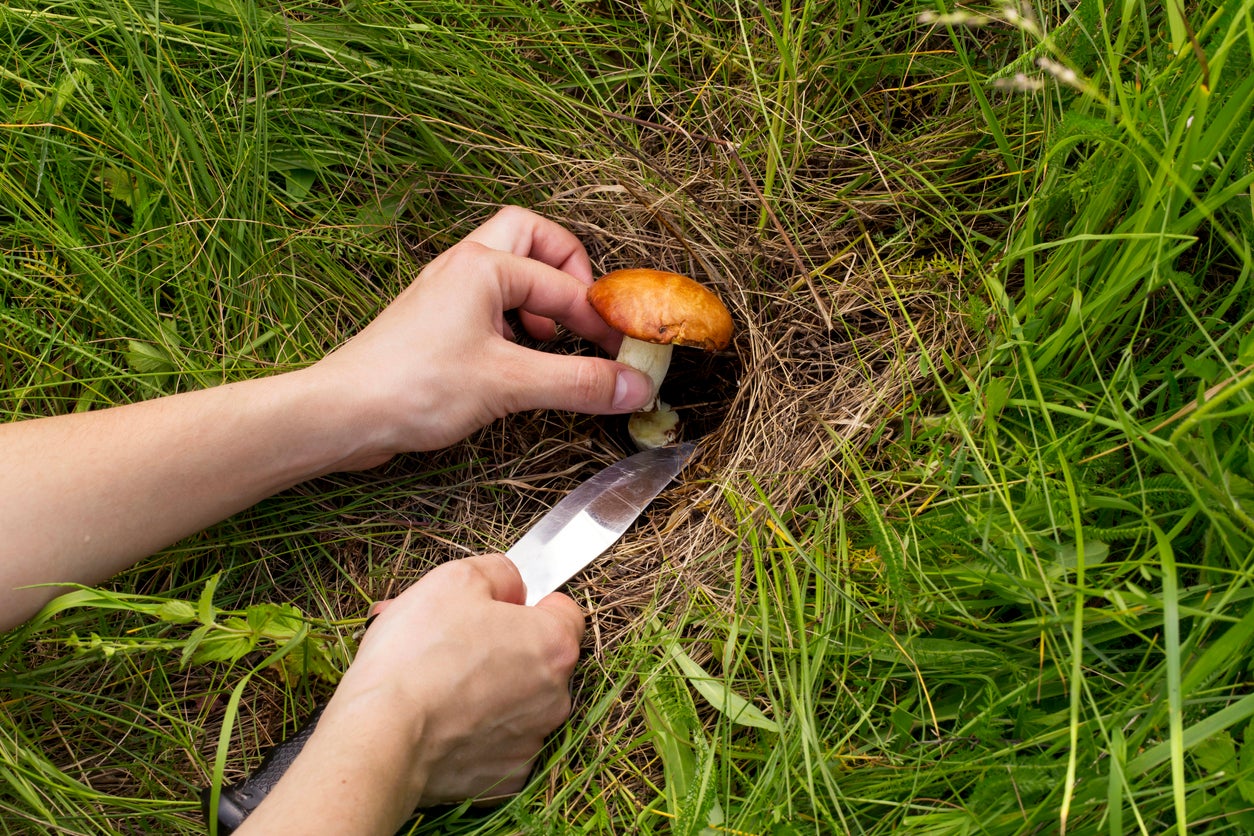

Articles
How To Get Rid Of Mushrooms In The Garden
Modified: September 2, 2024
Learn effective gardening tips to eliminate unwanted mushrooms from your garden. Follow our expert advice and keep your garden free from pesky mushrooms.
(Many of the links in this article redirect to a specific reviewed product. Your purchase of these products through affiliate links helps to generate commission for Storables.com, at no extra cost. Learn more)
Introduction:
Welcome to the world of gardening, where the beauty of nature comes alive in our very own backyard. However, alongside the vibrant flowers and lush greenery, gardeners often encounter unexpected guests – mushrooms. While mushrooms may seem harmless or even beneficial to some, they can become a nuisance when they pop up in unwanted areas of the garden.
In this article, we will explore the different types of mushrooms that can invade your garden, the reasons behind their presence, and most importantly, how to get rid of them effectively. By understanding the role of mushrooms and implementing the right strategies, you can enjoy a fungi-free garden without compromising its overall health and vitality.
Key Takeaways:
- Embrace the beauty of your garden while keeping mushrooms at bay. Understand their role, identify types, and employ manual removal, improved drainage, and adjusted watering practices for a fungi-free haven.
- Take proactive steps to prevent and manage mushroom infestations. From good garden hygiene to controlling moisture levels, prioritize prevention over chemical intervention for a vibrant, healthy garden.
Understanding the Role of Mushrooms in the Garden:
Mushrooms are fungi that play a vital role in the ecosystem, including our gardens. They serve as decomposers, breaking down organic matter such as dead plants and fallen leaves. Through this process, they release nutrients back into the soil, promoting its fertility.
The presence of mushrooms in your garden could indicate a healthy soil ecosystem and a balanced microorganism population. However, if the mushrooms start appearing in large quantities or in unwanted areas, it may signify an imbalance. Excessive moisture, poor drainage, and certain types of fungi can contribute to mushroom proliferation.
It’s important to note that while some mushrooms are edible and prized for their culinary value, many garden mushrooms are toxic or inedible. Therefore, it is crucial to exercise caution and avoid consuming any mushrooms found in your garden unless you are a seasoned forager with expert knowledge.
By understanding the role of mushrooms and the conditions that promote their growth, you can better address any issues and maintain a healthy garden environment.
Identifying Different Types of Garden Mushrooms:
Before diving into the methods of getting rid of mushrooms, it is essential to be able to identify the different types that you may come across in your garden. By understanding the characteristics of these mushrooms, you can better assess the severity of the issue and determine the appropriate course of action.
Here are some common types of garden mushrooms:
- Button Mushrooms (Agaricus bisporus): These are the mushrooms commonly found in grocery stores and are widely cultivated. While they rarely pose a problem in gardens, occasionally, wild varieties may appear.
- Shaggy Mane Mushrooms (Coprinus comatus): These mushrooms have a distinctive appearance with white, bell-shaped caps and shaggy scales. They often grow in groups and rapidly deteriorate, turning into a black inky liquid.
- Fairy Ring Mushrooms: These fungi form circular rings in lawns and gardens. They come in various species, and their caps can range from white to brown in color.
- Toadstools: This is a general term used to describe poisonous mushrooms in the garden. Toadstools can have various shapes, sizes, and colors, so it’s crucial to avoid consuming them.
- Stinkhorn Mushrooms: These mushrooms have a distinctive odor and a unique appearance, often resembling phallic structures. They are known for attracting insects with their foul smell.
It’s important to note that this list is not exhaustive, and there are numerous other mushroom species that can appear in gardens. If you’re unsure about the identification of a particular mushroom, it’s best to consult a mycology expert or reference a reliable field guide.
By familiarizing yourself with the common garden mushrooms, you can take appropriate action and implement targeted methods to eliminate them from your garden.
Removing Mushrooms by Hand:
One of the easiest and most direct methods of getting rid of mushrooms in your garden is to remove them manually. This method is particularly effective for small, isolated patches of mushrooms. Here’s how you can do it:
- Put on gloves to protect your hands from any potential toxins or irritants that may be present on the mushrooms.
- Gently grasp the mushrooms at the base and twist them to loosen them from the soil.
- Carefully pull the mushrooms out of the ground, ensuring that you remove the entire mushroom, including the underground mycelium.
- Place the collected mushrooms in a bag and dispose of them in the trash. Avoid composting them, as this can spread fungal spores.
- Continue this process periodically, especially after rainfall or when new mushrooms appear.
It’s important to note that while manual removal is effective for small-scale mushroom problems, it may not be feasible for larger infestations or for mushrooms that grow from large underground networks of mycelium. In such cases, it’s recommended to explore other methods.
Additionally, it’s crucial to implement prevention measures alongside manual removal to address the root cause of mushroom growth in your garden.
By consistently removing mushrooms by hand, you can reduce their presence and prevent further spore dispersal, helping to maintain a tidy and mushroom-free garden environment.
Improving Drainage in the Garden:
Poor drainage is one of the leading factors that contribute to the growth of mushrooms in gardens. When excess water accumulates in the soil, it creates a favorable environment for fungi to thrive. By improving drainage, you can minimize excessive moisture and discourage mushroom growth. Here are some effective ways to enhance drainage in your garden:
- Amend the soil: Incorporate organic matter, such as compost or well-rotted manure, into your garden beds. This helps improve soil structure and drainage capacity.
- Elevate garden beds: If your garden beds are particularly prone to waterlogging, consider elevating them to allow for better drainage. Raised beds or mounds can help prevent water from pooling around plant roots.
- Create drainage channels: If you have areas in your garden that frequently become waterlogged, consider digging shallow channels to redirect excess water to a more suitable location.
- Install drainage pipes: In cases where poor drainage persists despite other efforts, you may need to install drainage pipes to effectively divert water away from problem areas.
By taking steps to enhance drainage in your garden, you can create an environment that is less hospitable to mushrooms. This will help reduce the occurrence of mushroom growth and promote overall plant health.
To get rid of mushrooms in the garden, remove any decaying organic matter, improve drainage, and reduce shade. Avoid overwatering and consider using a fungicide if the problem persists.
Read more: How To Get Rid Of Mushrooms In My Grass
Adjusting Watering Practices:
In addition to improving drainage, adjusting your watering practices can also help prevent the proliferation of mushrooms in your garden. Here are some tips for watering your plants in a way that discourages mushroom growth:
- Water at the base: Directly water the soil around the base of your plants rather than overhead watering. This helps minimize moisture on the surface, reducing the chances of mushroom spores germinating.
- Water deeply and infrequently: Instead of shallow, frequent watering, provide your plants with deep irrigation at longer intervals. This encourages the growth of deep roots and allows the soil to dry out between waterings, making it less favorable for mushroom growth.
- Avoid overwatering: Be mindful of not overwatering your plants. Excessive moisture can lead to waterlogged soil, creating the ideal conditions for mushrooms to thrive.
- Use a soaker hose or drip irrigation: Consider using a soaker hose or drip irrigation system to deliver water directly to the roots. This reduces the chances of water splashing onto the surface and creating a damp environment for mushrooms.
- Water in the morning: Aim to water your plants in the morning rather than in the evening. This allows the foliage to dry out during the day, minimizing moisture levels that can encourage mushroom growth.
By adjusting your watering practices to promote optimal moisture levels in the soil, you can create an inhospitable environment for mushrooms. This, in turn, helps maintain a healthier and mushroom-free garden.
Controlling Fungal Diseases:
Mushrooms are often a symptom of underlying fungal diseases in your garden. These diseases can weaken and damage your plants, making them more susceptible to mushroom growth. By controlling fungal diseases, you can effectively reduce the occurrence of mushrooms. Here are some steps you can take:
- Practice good garden hygiene: Remove and dispose of any infected plant material, such as diseased leaves or affected branches. This helps prevent the spread of fungal spores and eliminates potential food sources for mushrooms.
- Space plants properly: Ensure adequate spacing between plants to improve air circulation and reduce humidity, which can contribute to fungal diseases.
- Use disease-resistant varieties: When selecting plants for your garden, opt for varieties that are known for their resistance to common fungal diseases. This can help minimize the likelihood of an outbreak.
- Apply organic fungicides: If fungal diseases are persistent and affecting your plants, consider using organic fungicides specifically formulated to combat the particular fungus. Follow the instructions carefully and apply as directed.
- Encourage beneficial insects and organisms: Some insects and microorganisms are natural predators of fungal pathogens. By creating a welcoming habitat for these beneficial organisms, you can help control fungal diseases in your garden.
It’s important to note that preventing and controlling fungal diseases requires a proactive approach. Regular monitoring, early detection, and prompt action are crucial to effectively manage these diseases and reduce the likelihood of mushroom growth in your garden.
Applying Fungicides as a Last Resort:
In most cases, controlling mushroom growth in the garden can be achieved through cultural practices and prevention methods. However, if all other efforts have failed, and the problem persists, the application of fungicides can be considered as a last resort. Here are some important points to keep in mind:
- Identify the specific fungus: Before applying any fungicide, accurately identify the fungus causing the issue. Different types of fungi may require different fungicides for effective control.
- Read and follow label instructions: Carefully read and adhere to the instructions provided on the fungicide label. Follow the dosage, application frequency, and safety precautions to ensure effective and safe use.
- Choose appropriate fungicides: Select a fungicide that is labeled for the specific fungus you are targeting. Consider using organic or environmentally friendly options whenever possible.
- Apply at the right time: Timing is crucial when applying fungicides. Apply the product according to the recommended schedule to maximize its effectiveness.
- Consider spot treatments: Depending on the extent of the problem, spot treatments may be more practical and efficient than widespread application. Focusing on problem areas can help reduce the overall use of fungicides.
- Combine with cultural practices: Fungicides should be used in conjunction with cultural practices such as proper watering, good ventilation, and regular garden maintenance. This integrated approach will provide the best chance of success.
- Monitor for resistance: Fungi can develop resistance to fungicides over time. Be observant and switch to alternative fungicides if resistance becomes an issue.
- Minimize fungicide use: While fungicides can be effective, they should be used sparingly and only when necessary. Overuse can have adverse effects on beneficial organisms and disrupt the overall balance of your garden ecosystem.
Remember, fungicides should be the last resort and used judiciously. It is always preferable to focus on preventive measures and cultural practices to minimize the need for chemical intervention.
Preventing Future Mushroom Infestations:
Prevention is key when it comes to minimizing or preventing future mushroom infestations in your garden. By implementing a few proactive measures, you can create an environment that is less favorable to mushroom growth. Here are some strategies to consider:
- Improve soil drainage: As mentioned earlier, ensure that your garden soil has proper drainage to discourage mushroom growth. Amend the soil with organic matter and create raised beds or mounds if necessary.
- Maintain good garden hygiene: Regularly remove dead plant material, fallen leaves, and other organic debris from your garden. This reduces potential food sources for mushrooms and prevents the buildup of fungal spores.
- Control excessive moisture: Avoid overwatering your plants and ensure that they have proper airflow and ventilation. Properly space out your plants to discourage damp and humid conditions that mushrooms thrive in.
- Avoid excessive fertilization: While fertilizing is essential for plant growth, excessive use of nitrogen-rich fertilizers can promote fungal growth. Follow recommended guidelines and use fertilizers sparingly.
- Select resistant plant varieties: Choose plant varieties that are known for their resistance to common fungal diseases. Resistant plants are less likely to succumb to fungal infections, reducing the chances of mushroom growth.
- Rotate crops: Practicing crop rotation can help break the life cycle of fungal pathogens and minimize their presence in the garden. This reduces the likelihood of mushroom growth and helps maintain soil health.
- Keep garden tools clean: Fungal spores can hitch a ride on gardening tools, so make sure to clean and sanitize your tools regularly. This helps prevent the spread of fungi from one area to another.
- Monitor and address issues promptly: Regularly inspect your garden for signs of fungal diseases or mushroom growth. If you notice any issues, take immediate action to prevent them from spreading and becoming a larger problem.
By implementing these preventative measures consistently, you can create a garden environment that is less conducive to mushroom growth. Remember, prevention is often more effective and sustainable than trying to treat an existing problem.
Read more: How To Get Rid Of Grasshoppers In The Garden
Conclusion:
Mushrooms in the garden can be a common occurrence, but with the right knowledge and strategies, you can effectively manage and prevent their infestation. Understanding the role of mushrooms in the garden and identifying different types allows you to take appropriate action. Removing mushrooms by hand, improving drainage, adjusting watering practices, and controlling fungal diseases are essential steps in eliminating and preventing mushroom growth.
While cultural practices and prevention methods should be your primary focus, in some cases, the application of fungicides may become necessary as a last resort. However, it’s crucial to exercise caution and use fungicides judiciously, considering the potential impact on beneficial organisms and the overall ecosystem health.
To prevent future mushroom infestations, practicing good garden hygiene, maintaining proper drainage, controlling moisture levels, and selecting resistant plant varieties are key. Regular monitoring, prompt action, and implementing preventive measures will help create a garden environment less favorable for mushrooms to thrive.
Remember, a garden filled with vibrant plants and flowers is a result of careful maintenance and management. By incorporating these strategies and techniques, you can enjoy a beautiful and fungi-free garden while promoting the health and vitality of your plants.
Frequently Asked Questions about How To Get Rid Of Mushrooms In The Garden
Was this page helpful?
At Storables.com, we guarantee accurate and reliable information. Our content, validated by Expert Board Contributors, is crafted following stringent Editorial Policies. We're committed to providing you with well-researched, expert-backed insights for all your informational needs.
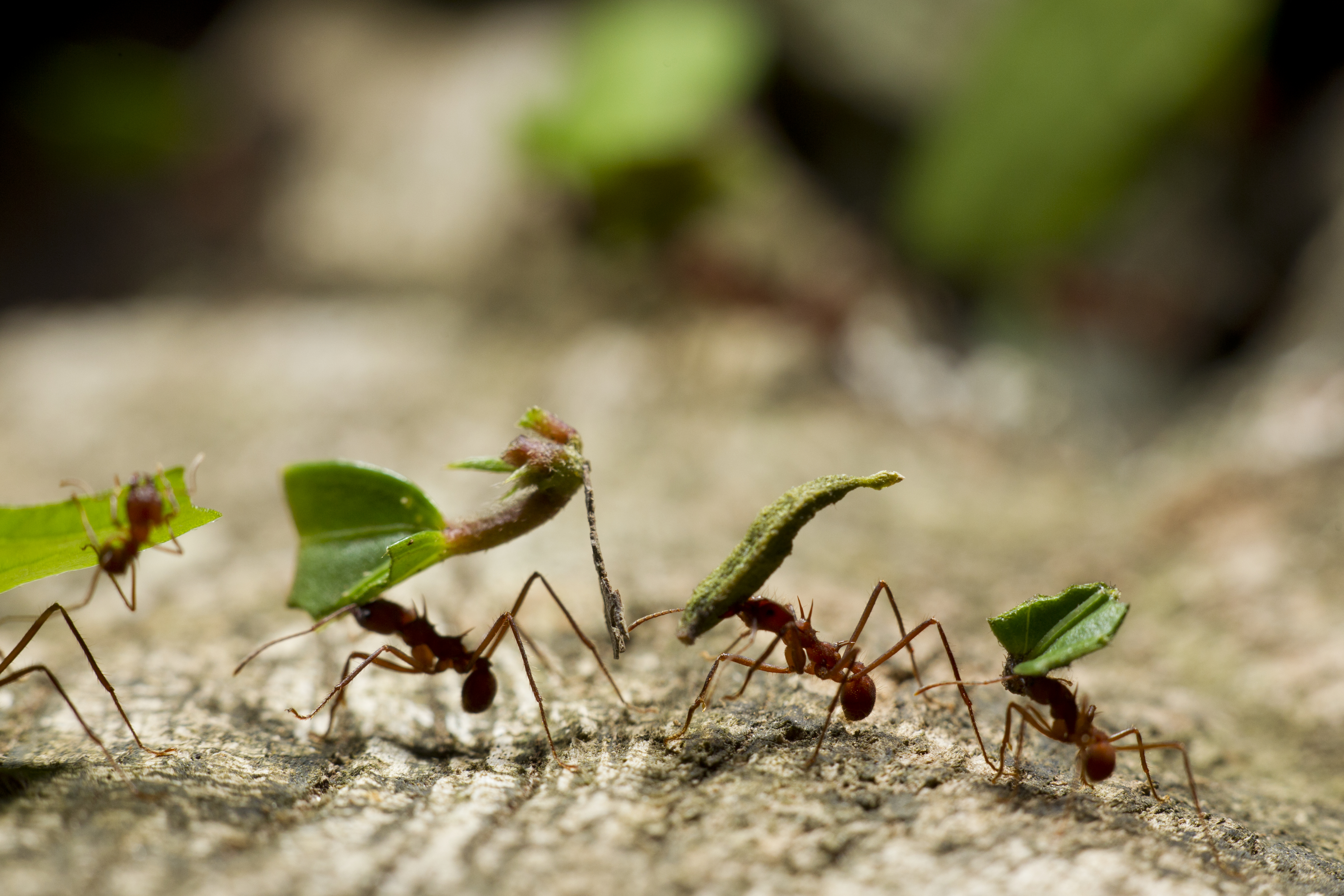
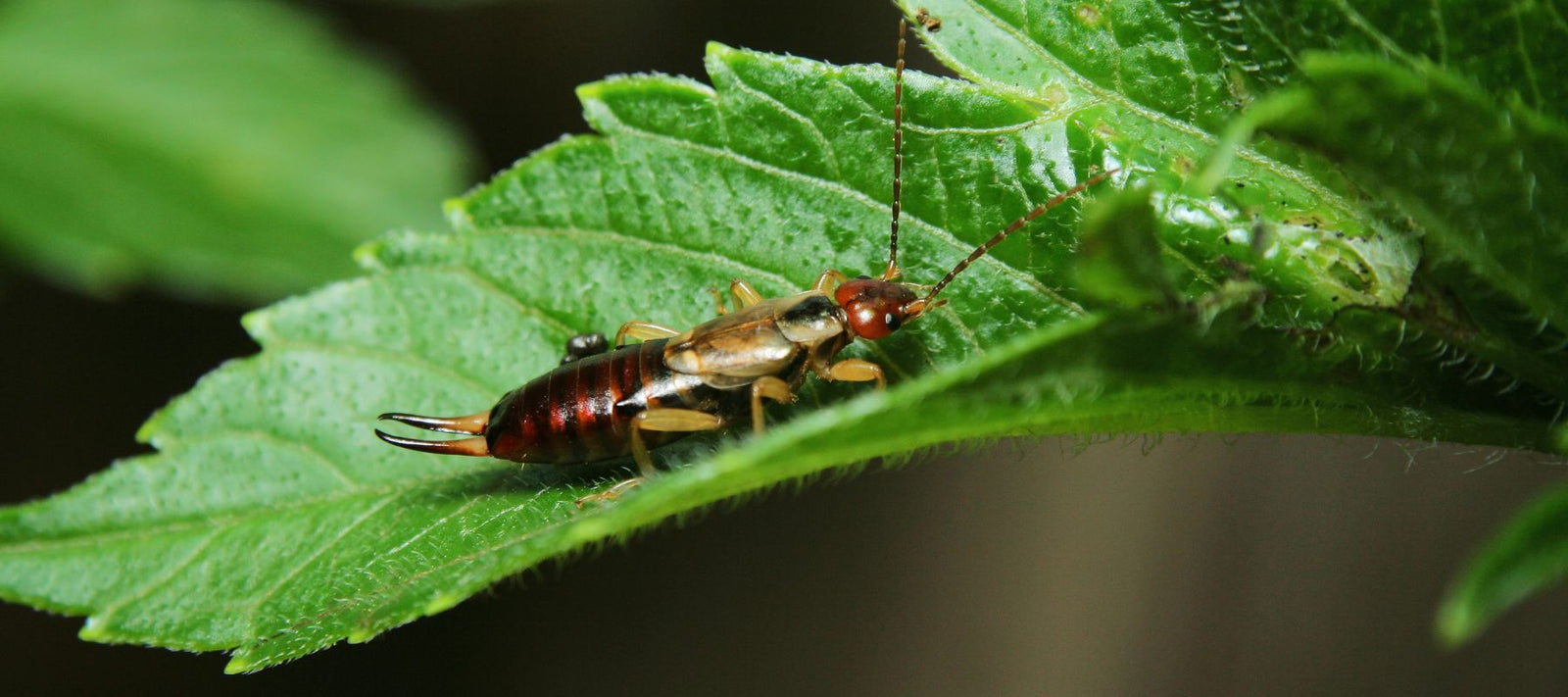
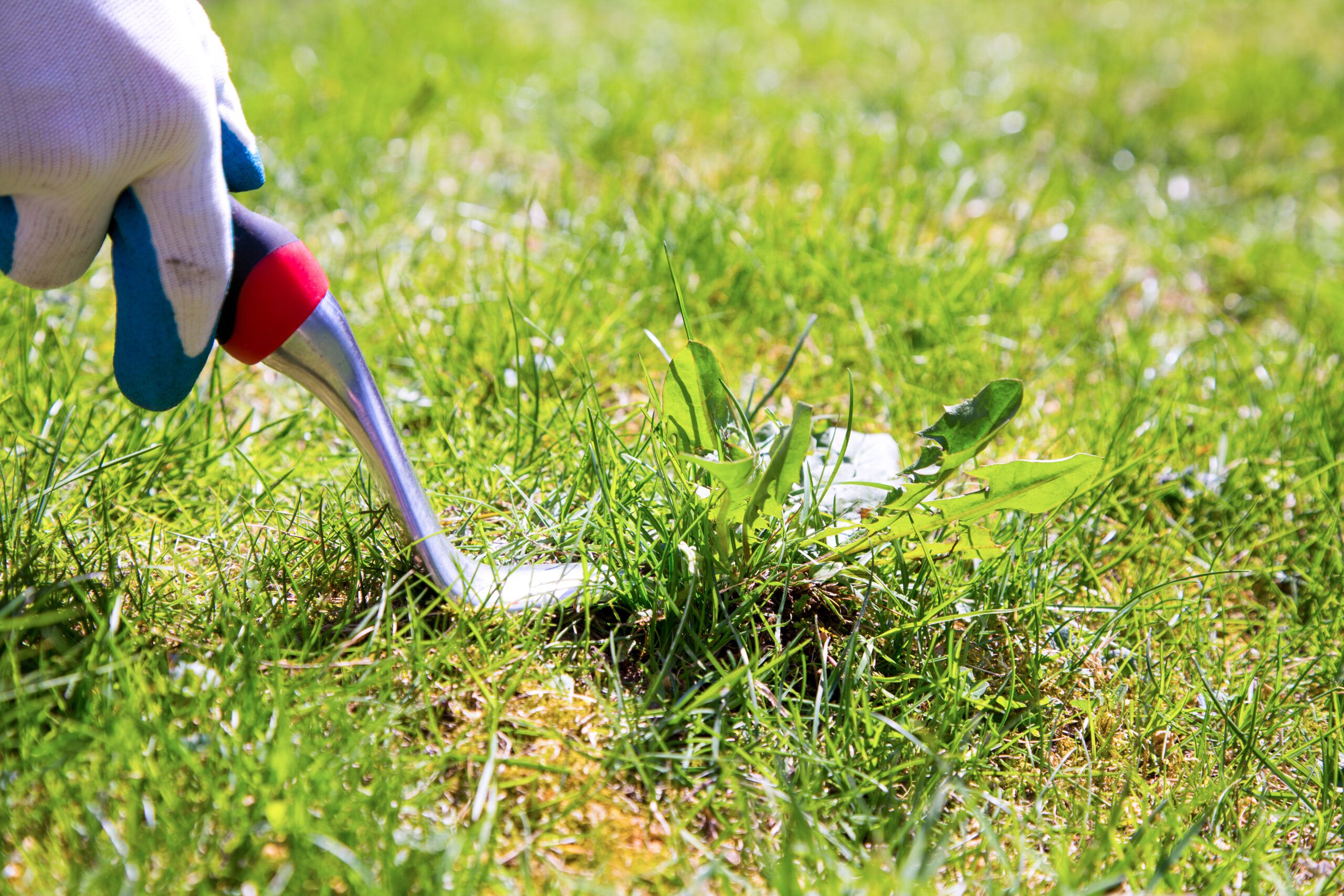
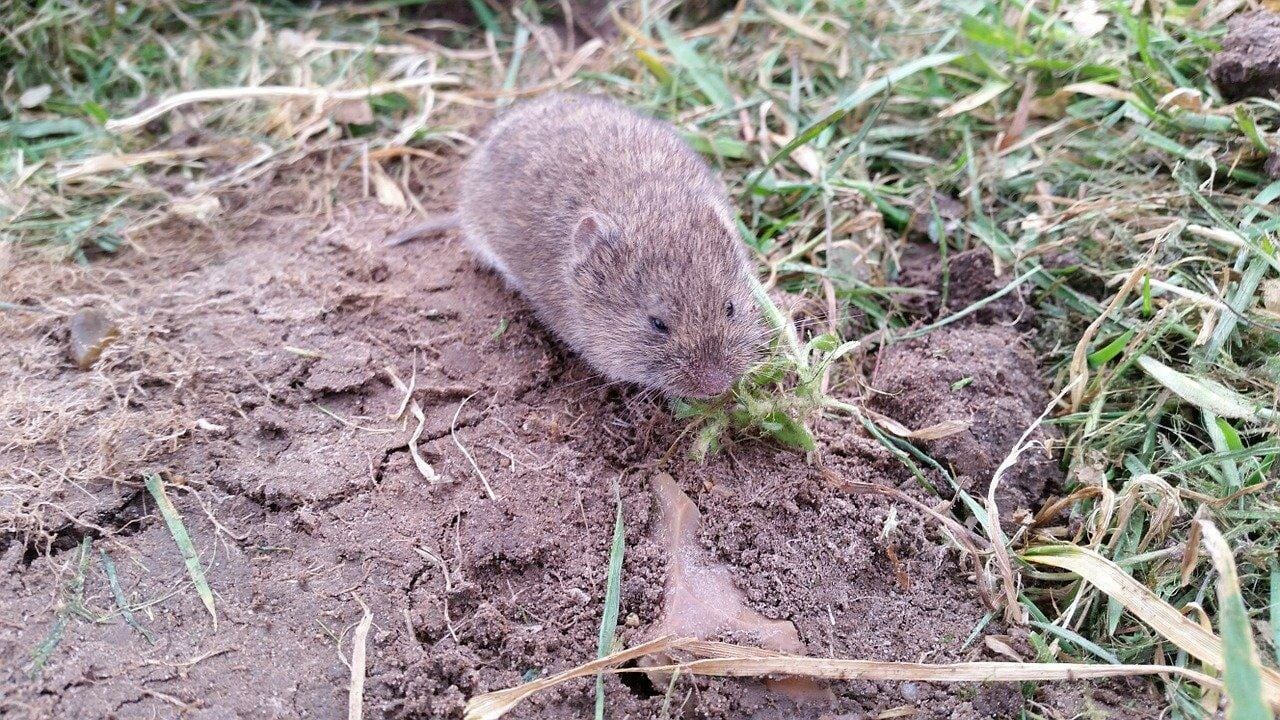
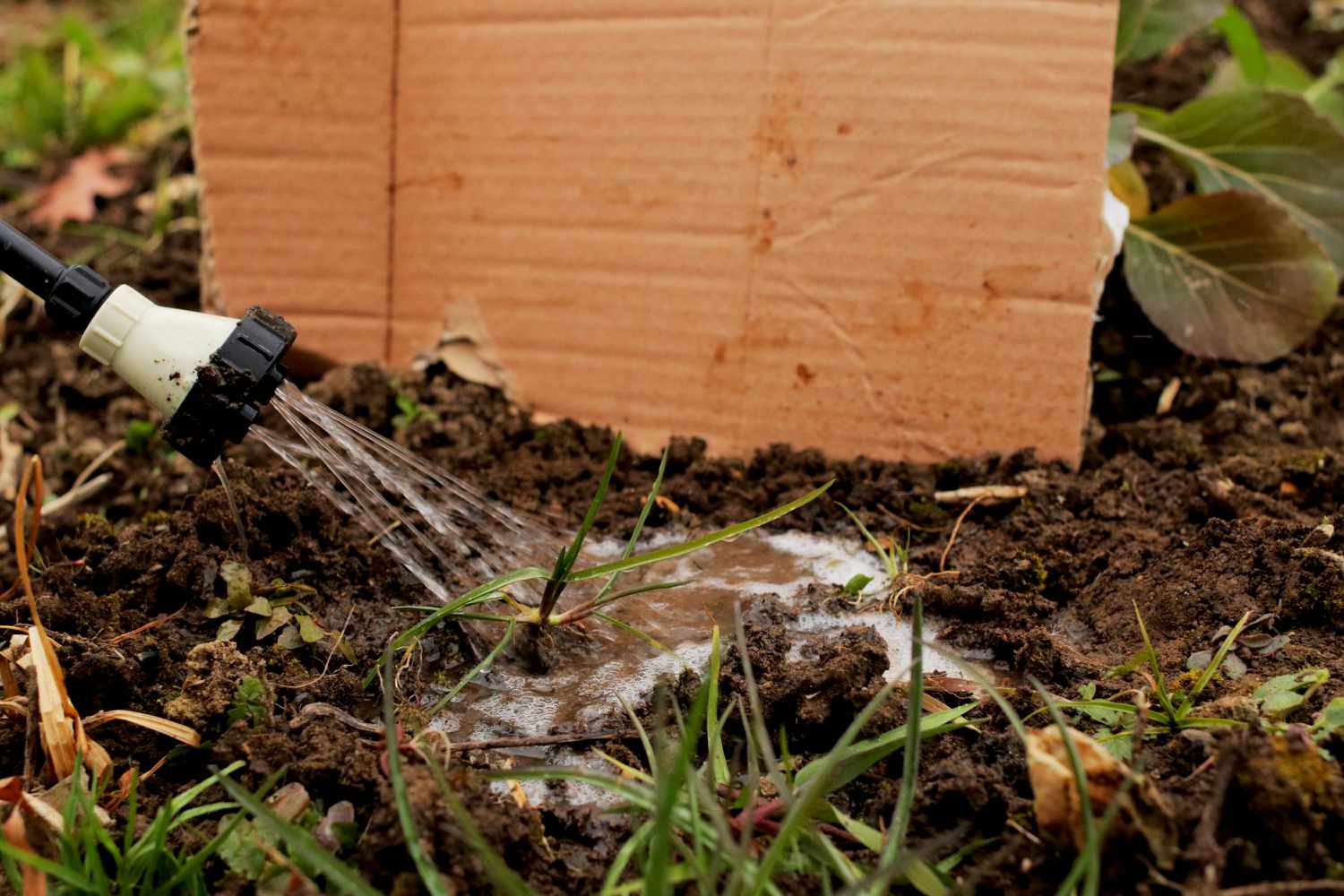
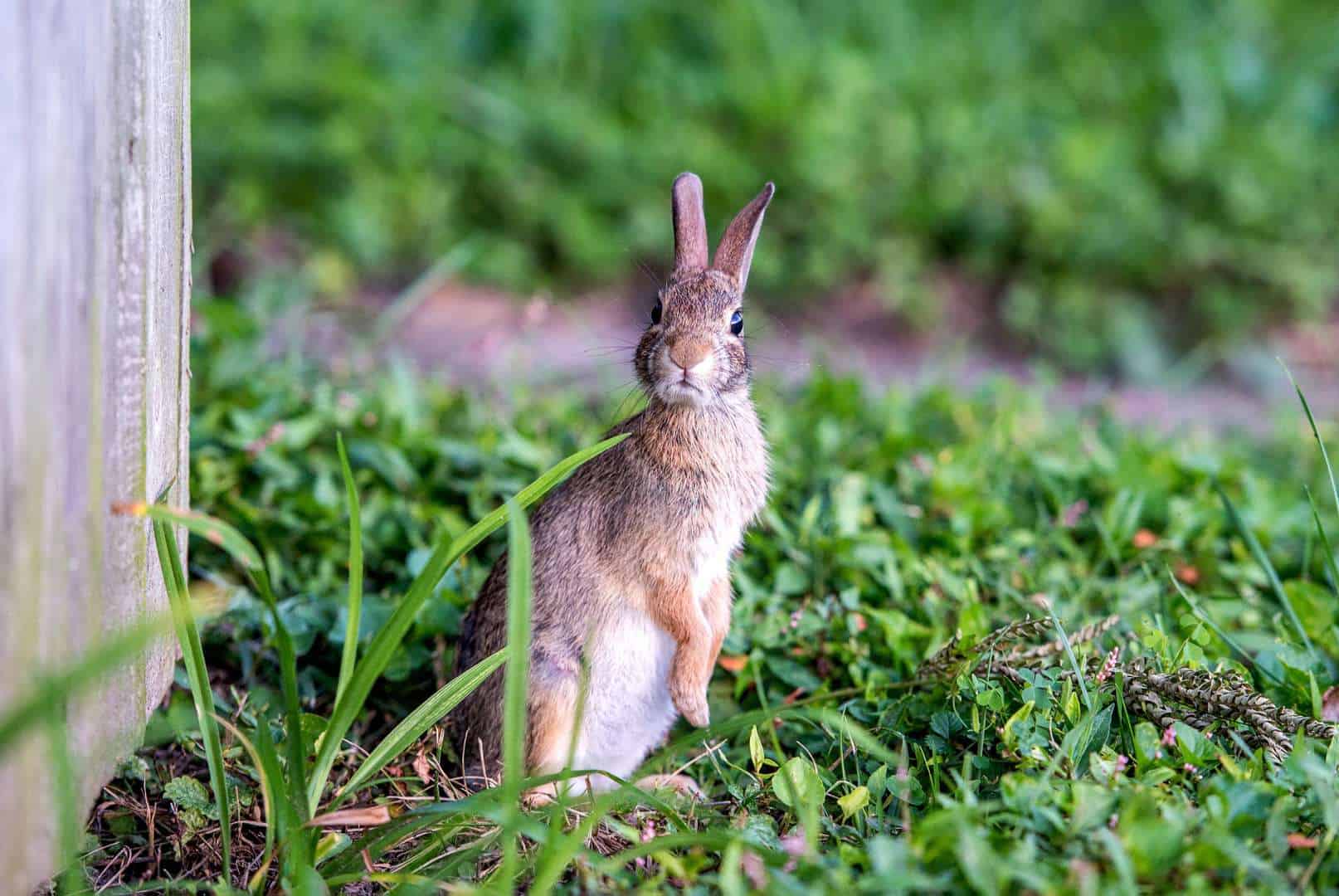
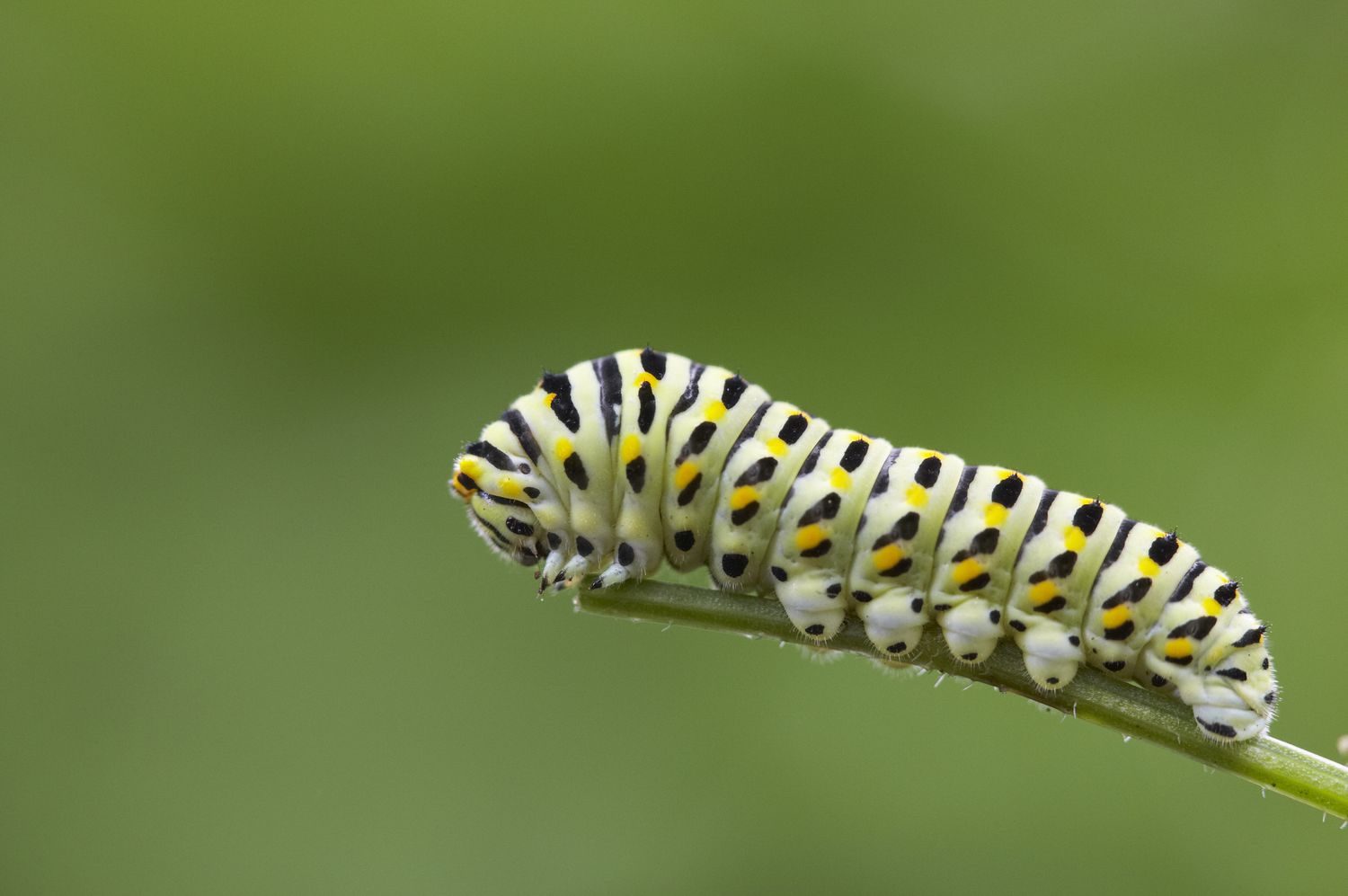
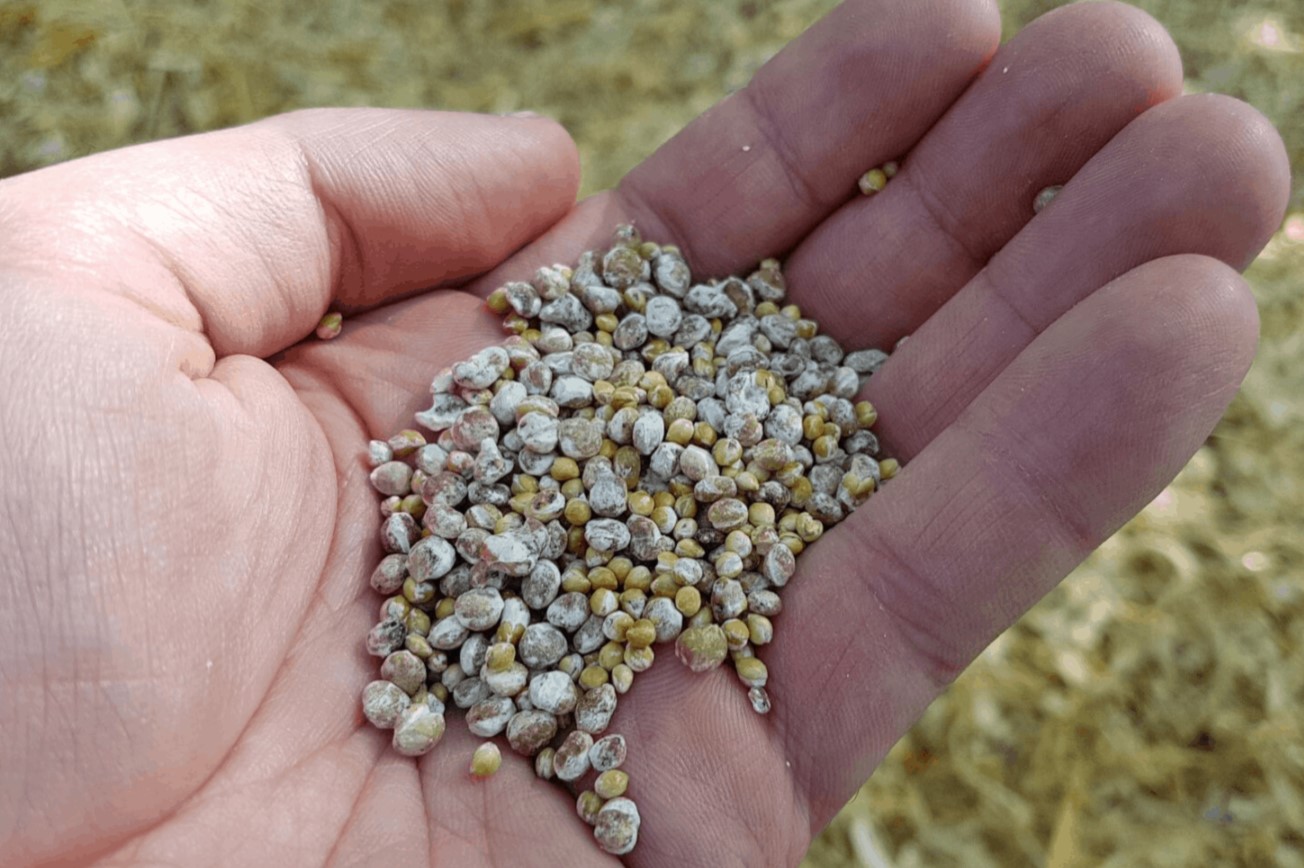
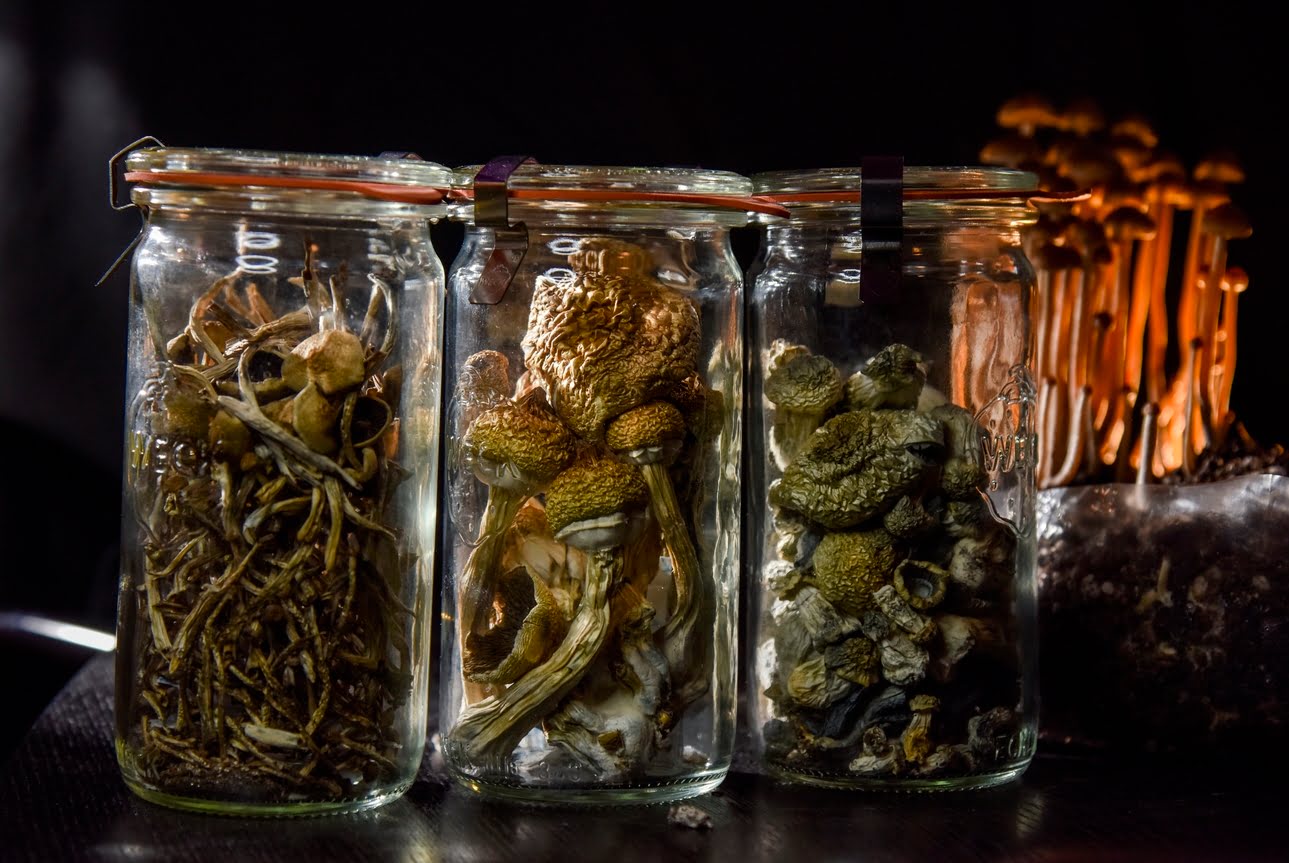
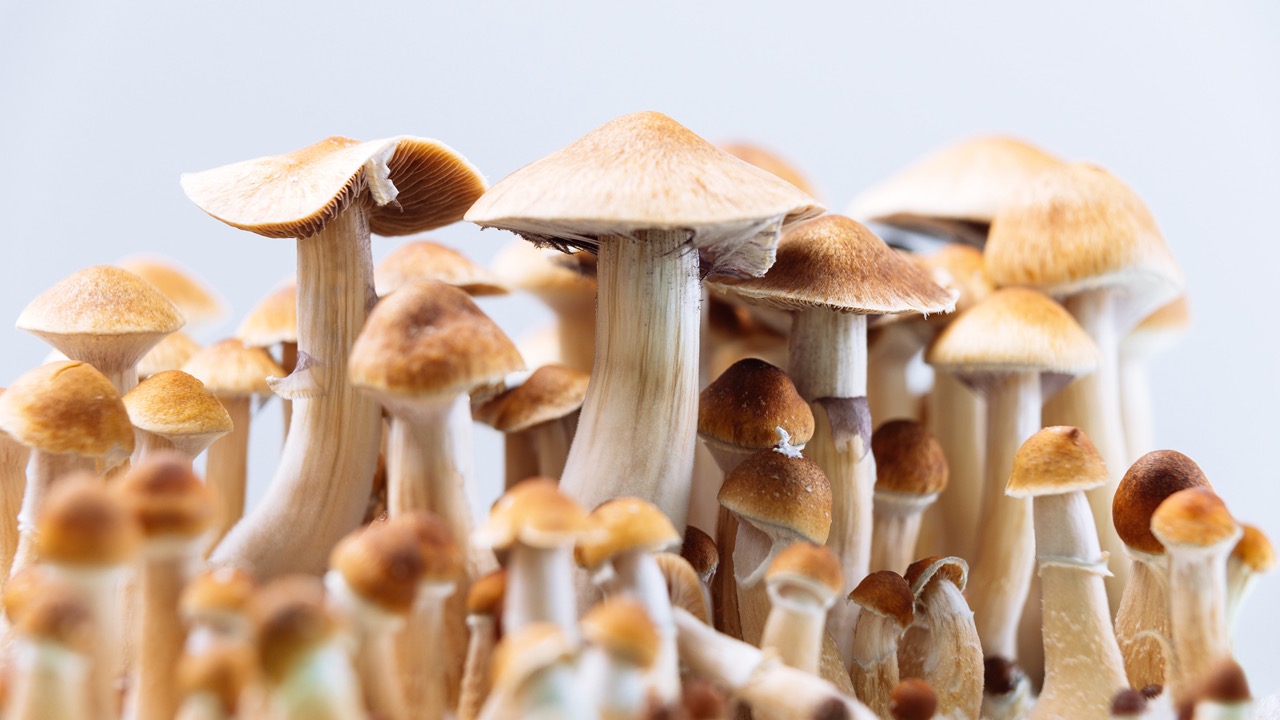
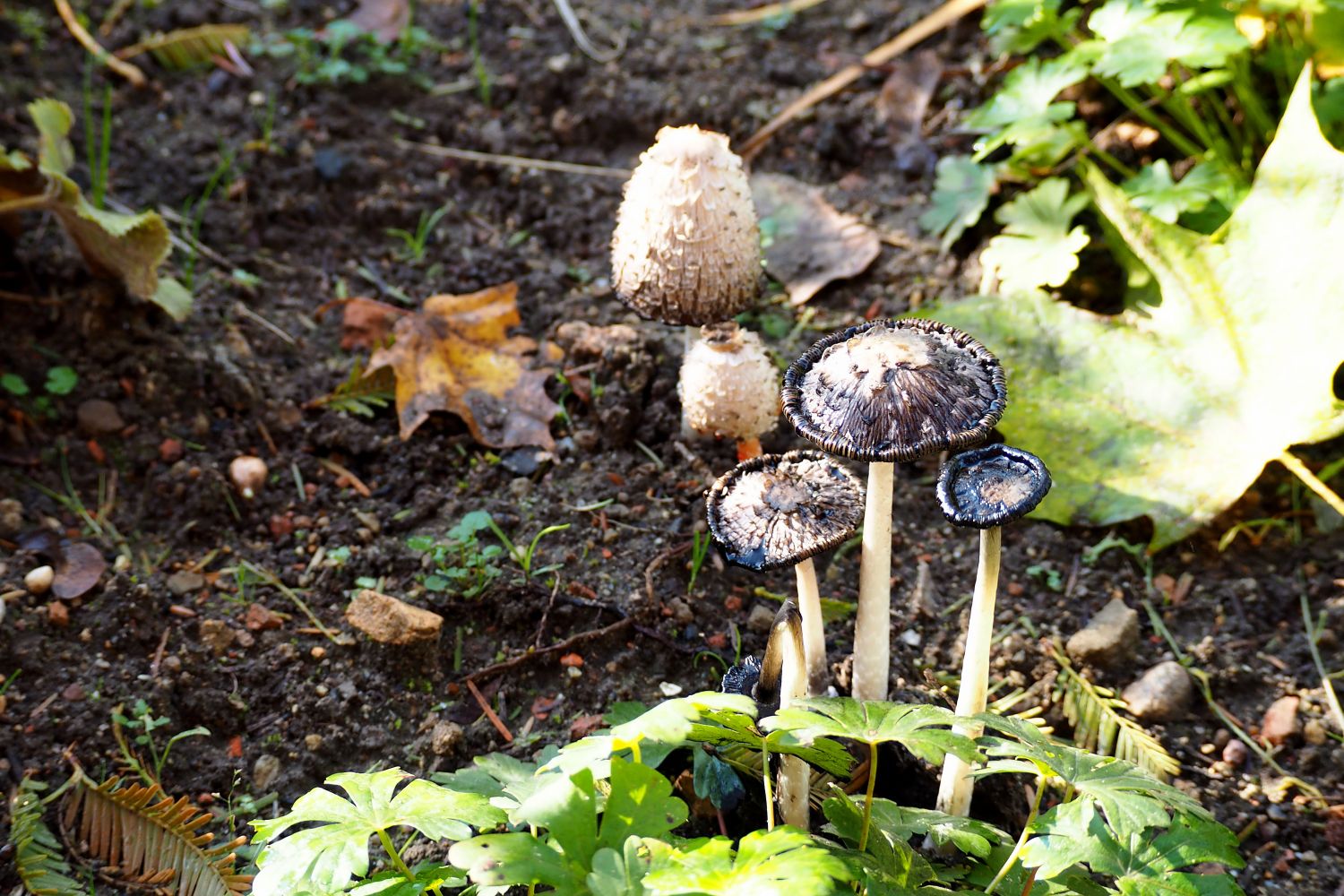
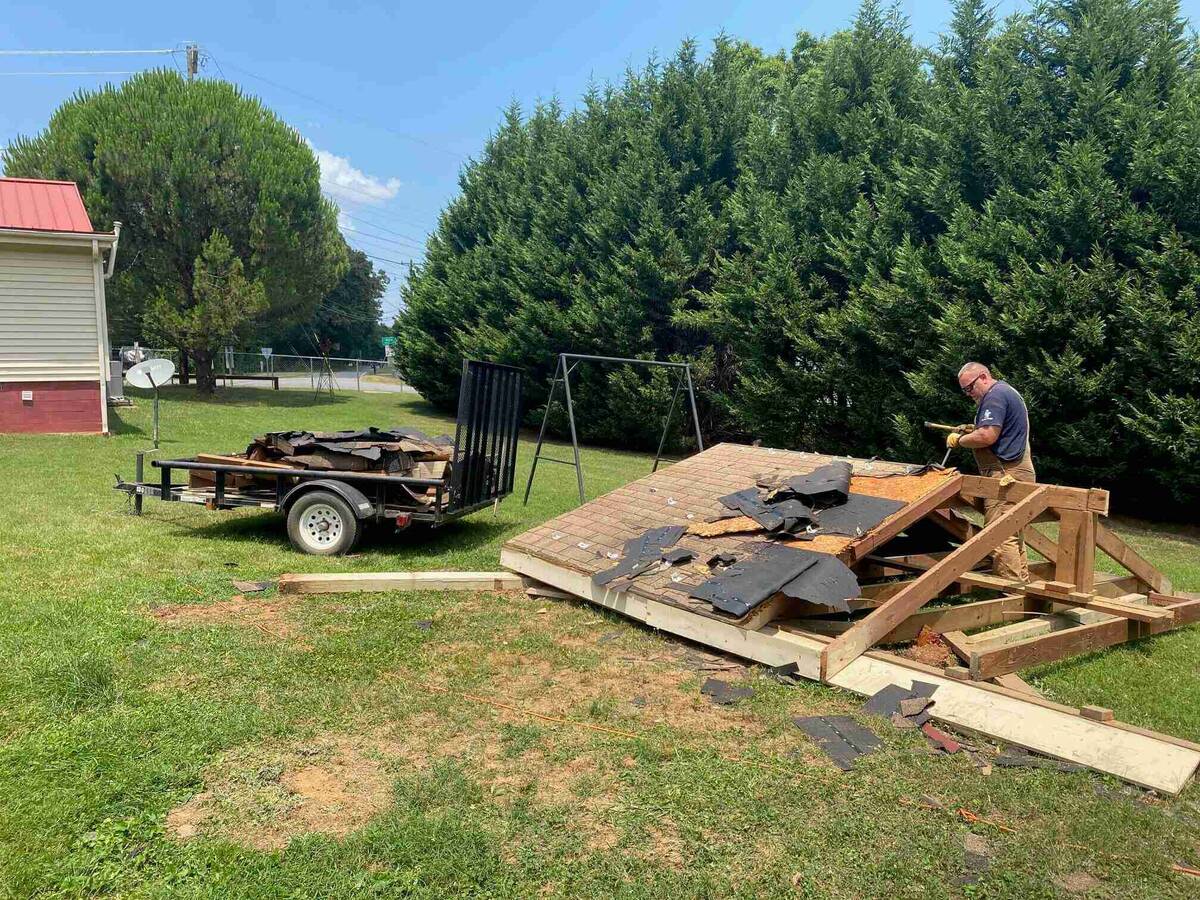


0 thoughts on “How To Get Rid Of Mushrooms In The Garden”